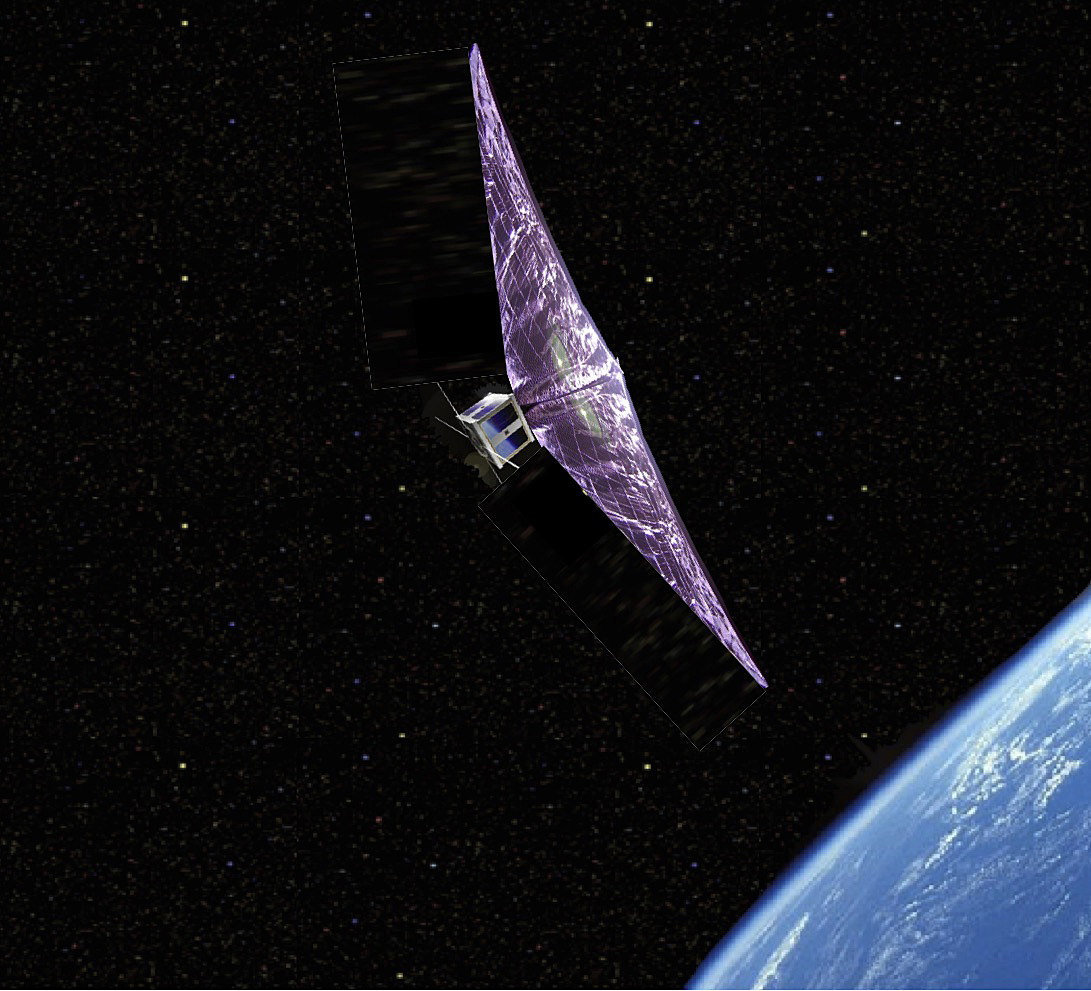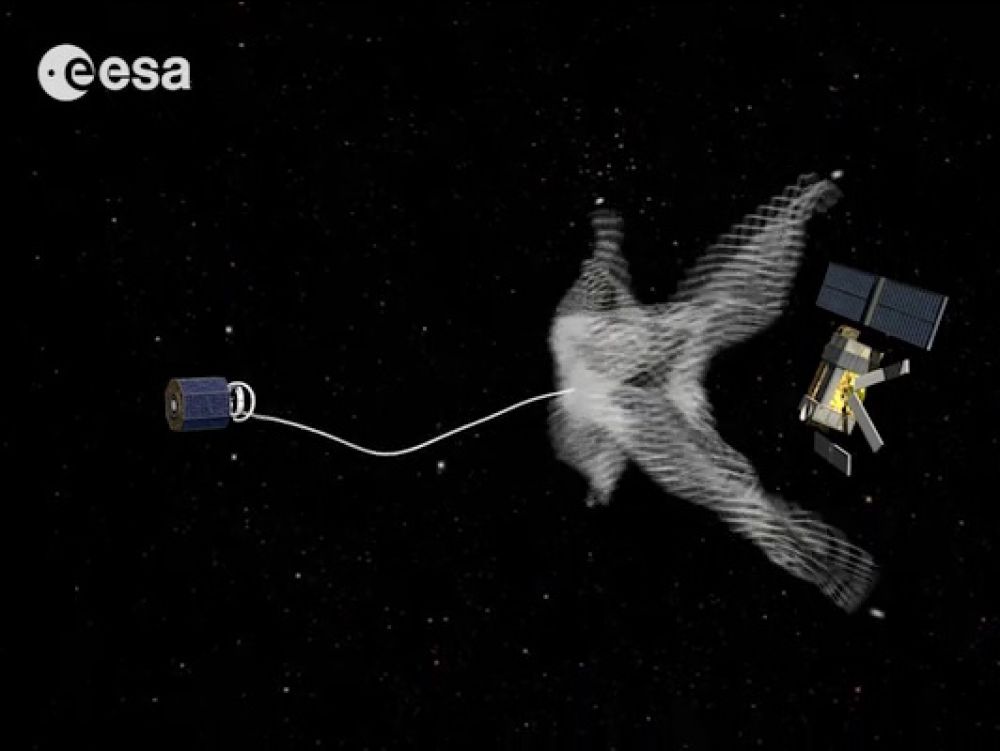How much would you be willing to spend to remove a piece of space debris? Does $102 million sound like enough? That is how much a contract between the European Space Agency (ESA) and a Swiss start-up named ClearSpace SA is worth, and the entire contract is to simply remove a single piece of space debris.
Continue reading “ESA Is Going To Spend $102 Million To Remove a Single Piece of Space Junk”Terrify yourself with LeoLabs’ visualization of satellites and space debris around Earth
Founded in 2016, Menlo Park, California-based LeoLabs, is a mind-blowing company. They have built, and continue to expand, a network of ground-based, phased array radars worldwide to keep track of the thousands of operational satellites, defunct satellites, spent rocket bodies, and pieces of debris in orbit around the Earth. Not only is their radar technology ground-breaking, but they have built a spectacular, if not a little terrifying, digital visualization of the traffic in space that is free for the public to explore.
Continue reading “Terrify yourself with LeoLabs’ visualization of satellites and space debris around Earth”Astronaut Drops a Mirror During a Spacewalk. Now There’s Another Piece of Space Junk
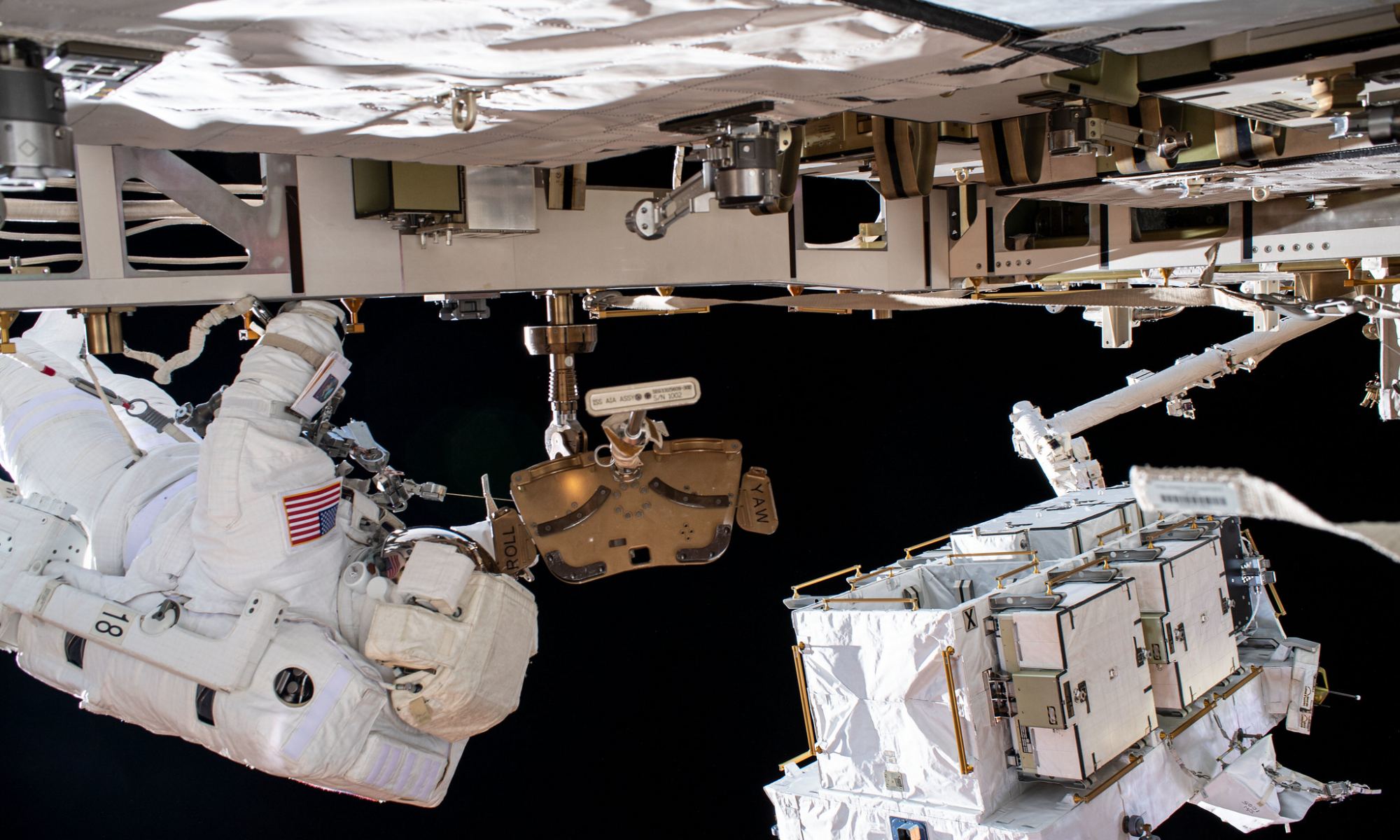
Oops.
Dropping a mirror on Earth is only minor cause for concern, perhaps about the potential of some upcoming bad luck. Dropping a mirror while on a spacewalk means creating a potentially dangerous new piece of space junk, all while thousands of people watch it happen, streaming live.
Continue reading “Astronaut Drops a Mirror During a Spacewalk. Now There’s Another Piece of Space Junk”There’s a 1 in 20 Chance That Two Dead Satellites Might Crash Tonight (Update: No Collision)
Update. It looks like we didn’t roll a 1 on the d20, and the satellites passed each other without an impact. But this will probably become a more common occurrence as the skies get more crowded.
Over sixty years of space exploration have left their mark in Low Earth Orbit (LEO), where thousands of objects create the risk of collisions. These objects include the spent first stages of rockets, fragments of broken-up spacecraft, and satellites that are no longer operational. As Donald Kessler predicted, the growing presence of “space junk” could result in regular collisions, leading to a cascading effect (aka. Kessler Syndrome).
This evening – on Wednesday, Jan. 29th – such a collision might take place. These satellites are the Infrared Astronomical Satellite (IRAS), an old space telescope launched by NASA, the Netherlands, and the UK; and the GGSE-4 gravitational experiment launched by the US Air Force. These two satellites run the risk of colliding when their orbits cross paths at 06:40 p.m. EST (03:40 p.m. PST) about 900 km (560 mi) above Pittsburgh, Pennsylvania.
Continue reading “There’s a 1 in 20 Chance That Two Dead Satellites Might Crash Tonight (Update: No Collision)”A Cubesat Deployed a De-Orbiting Tether and Now it’s Losing Altitude 24 Times Faster than Before
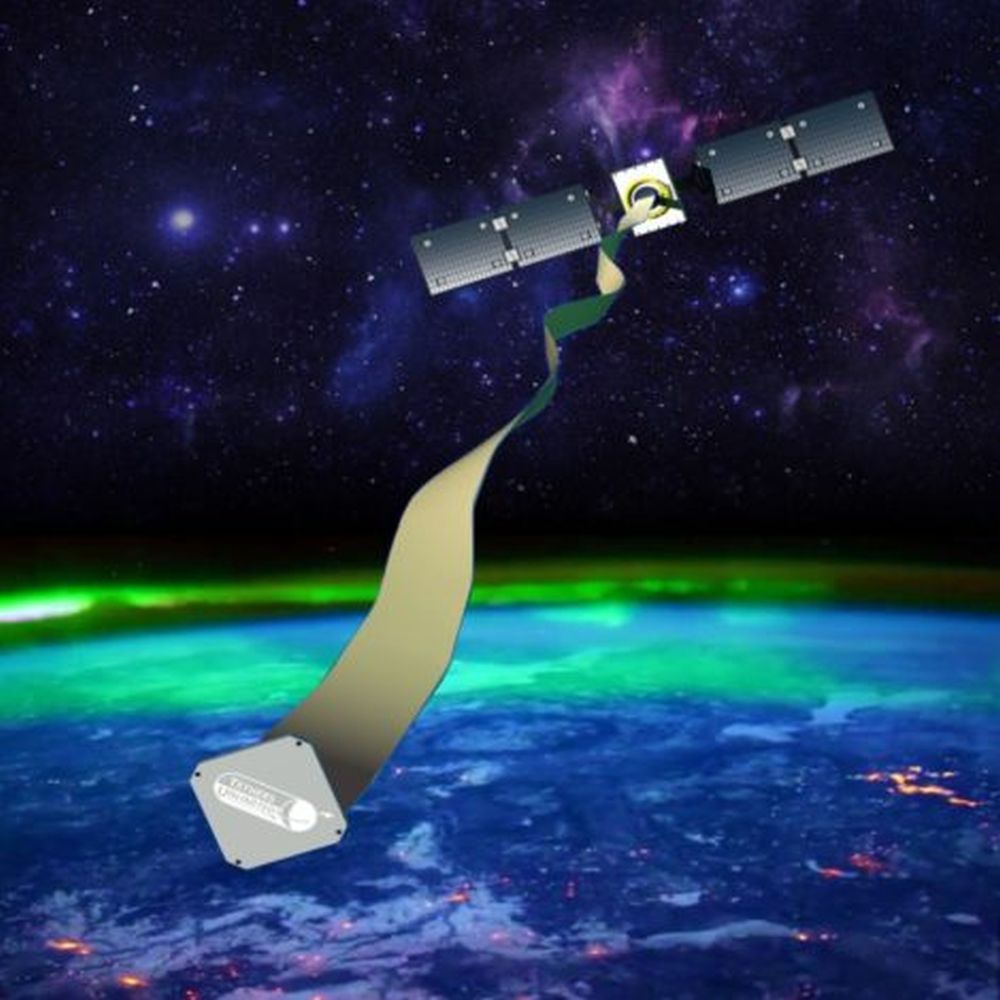
A company called Tethers Unlimited has deployed its de-orbiting tether in a successful test on the Prox-1 satellite. The satellite is one of four that are carrying the device, called the Terminator Tape. Rather than stay in space for years or decades, and add to the growing problem of space debris, Prox-1 is using its Terminator Tape to slowly lower its orbit.
Continue reading “A Cubesat Deployed a De-Orbiting Tether and Now it’s Losing Altitude 24 Times Faster than Before”Can We Use Special Sails To Bring Old Satellites Back Down To Earth?
The growing problem of space debris in LEO (Low-Earth Orbit) is garnering more and more attention. With thousands of satellites in orbit, and thousands more on the way, our appetite for satellites seems boundless. But every satellite has a shelf-life. What do we do with them when they’ve outlived their usefulness and devolve into simple, troublesome space debris?
Continue reading “Can We Use Special Sails To Bring Old Satellites Back Down To Earth?”Satellites Equipped With a Tether Would be Able to De-Orbit Themselves at the end of Their Life
There’s no denying it, we are facing an orbital debris problem! As of January 2019, the ESA’s Space Debris Office estimates that there are at least 34,000 pieces of large debris in Low Earth Orbit (LEO) – a combination of dead satellites, spent rocket stages, and other assorted bits of space junk. And with thousands of satellites scheduled to be launched in the next decade, that problem is only going to get worse.
This is a situation that cries out for solutions, especially when you consider the plans to commercialize LEO and start sending crewed missions to deep space in the coming years. A team of scientists from the Universidad Carlos III de Madrid (UC3M) has come up with a simple but elegant idea: equip future satellites with a tether system so they can de-orbit themselves at the end of their lives.
Continue reading “Satellites Equipped With a Tether Would be Able to De-Orbit Themselves at the end of Their Life”Before We Ruin the Universe, We Should Follow Some Space Sustainability Guidelines
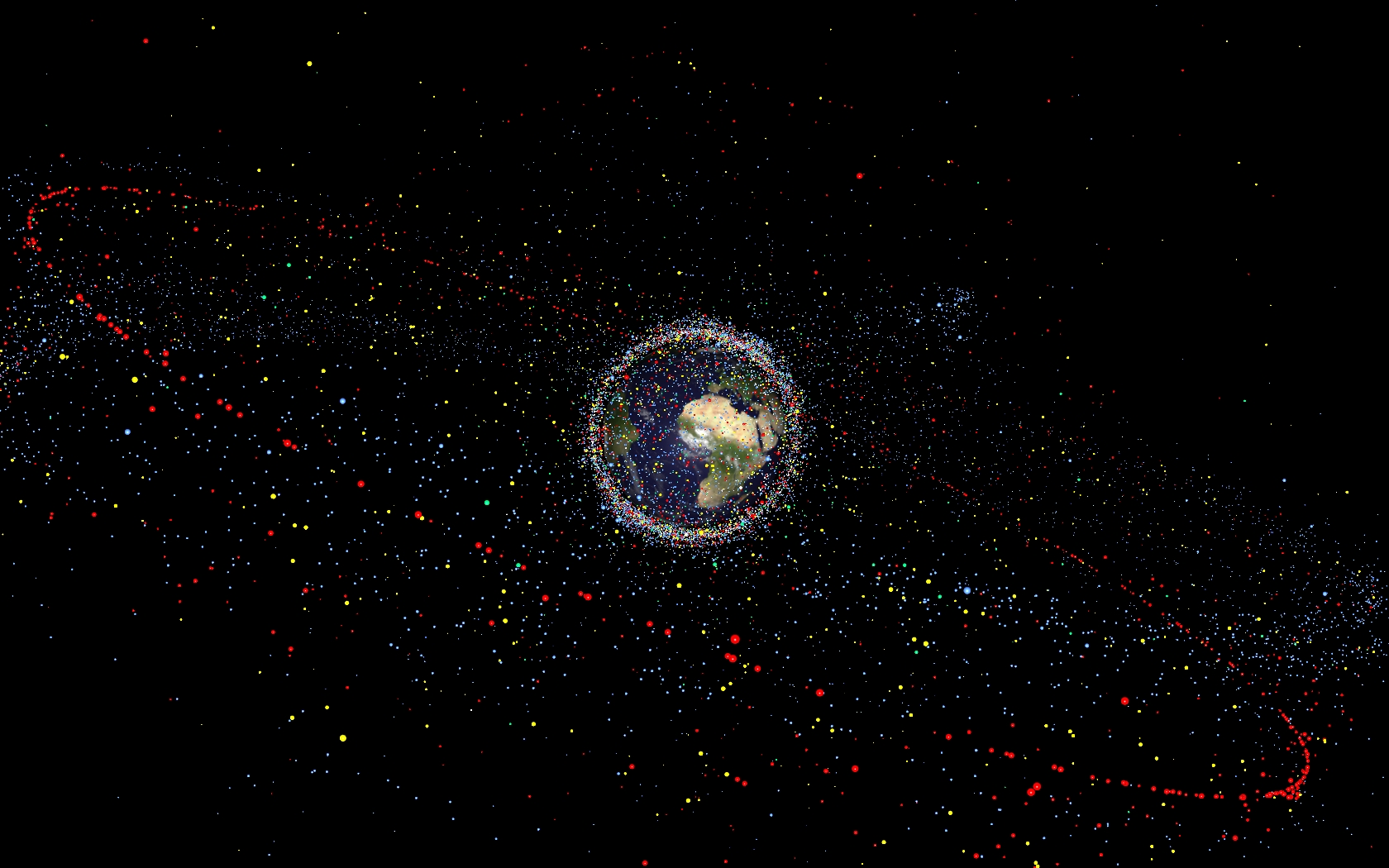
There are 20,000 objects orbiting Earth at this moment that are larger than 10 cm. Out of that number, only about 2,000 are operational satellites. The other 18,000 objects are pieces of junk of varying sizes. But it’s not just junk: it’s dangerous junk.
If that doesn’t sound like a problem, keep this in mind: Thanks to SpaceX and others, we’re living in the age of cheap access to space, and we’re seeing more and more satellites boosted into orbit. The problem won’t go away on its own.
Continue reading “Before We Ruin the Universe, We Should Follow Some Space Sustainability Guidelines”British Satellite Tests its Space Junk Harpoon
Last summer, a new type of debris-hunting satellite was released from the International Space Station (ISS). It’s known as the RemoveDebris spacecraft, a technology-demonstrator developed by Surrey Satellite Technology Ltd and the Surrey Space Center. The purpose of this satellite is to test whether satellites equipped with targeting software, a debris net and a harpoon are effective at combating space debris.
For the past few months, this spacecraft has been conducting a series of Active Debris Removal (ADR) exercises. About a week ago, according to a recent statement, the RemoveDebris satellite tested out its harpoon for the first time. As you can see from the video, the satellite successfully demonstrated its harpoon system and verified its ability to secure space debris and keep it from flying away.
Continue reading “British Satellite Tests its Space Junk Harpoon”Micrometeorite Damage Under the Microscope
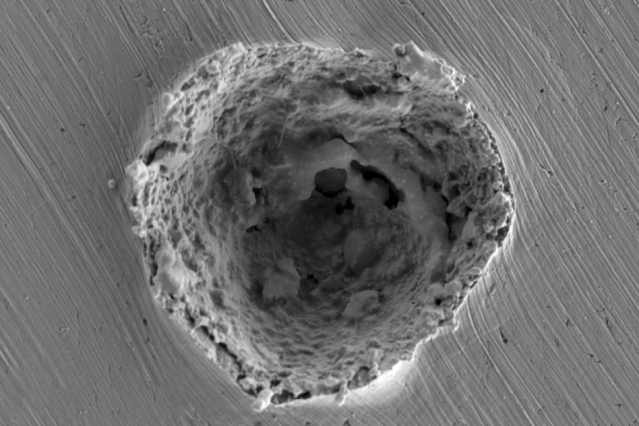
If there’s one thing that decades of operating in Low Earth Orbit (LEO) has taught us, it is that space is full of hazards. In addition to solar flares and cosmic radiation, one of the greatest dangers comes from space debris. While the largest bits of junk (which measure more than 10 cm in diameter) are certainly a threat, the real concern is the more than 166 million objects that range in size from 1 mm to 1 cm in diameter.
While tiny, these bits of junk can reach speeds of up to 56,000 km/h (34,800 mph) and are impossible to track using current methods. Because of their speed, what happens at the moment of impact has never been clearly understood. However, a research team from MIT recently conducted the first detailed high-speed imaging and analysis of the microparticle impact process, which will come in handy when developing space debris mitigation strategies. Continue reading “Micrometeorite Damage Under the Microscope”




